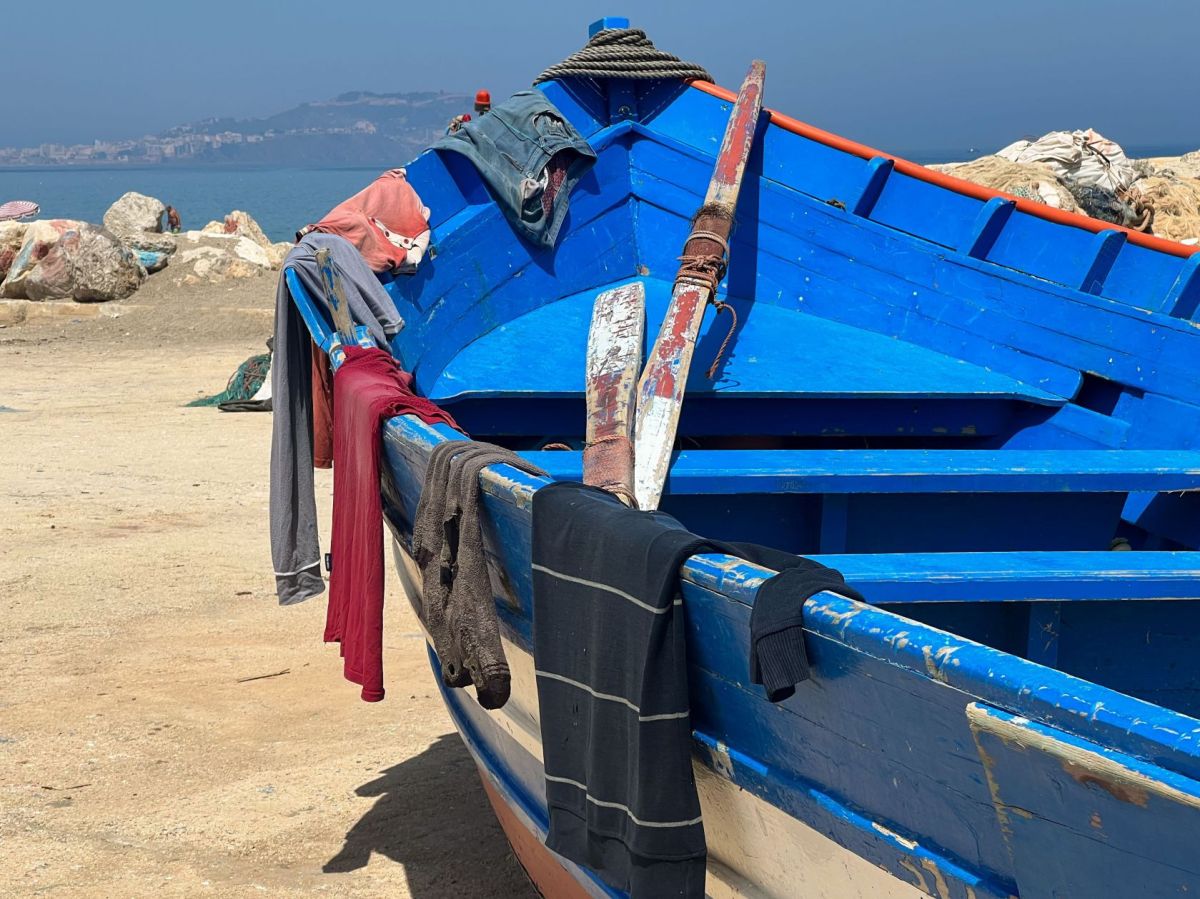In relation to the year 2023, irregular entries grew 12.5% last year, with an increase from 56,852 to 63,970 people entering Spanish territory irregularly.
Last year, the majority of entries were made by sea and of these the vast majority, 73% of the total, were made via the Canary Islands route, through which around 46,843 people attempted to reach Spanish territory, 17% more than in the previous year.
This migratory route is considered one of the most dangerous in the world.
On December 26, the group Caminando Fronteras, which monitors the disappearances of migrants at sea towards Spain, revealed that 10,457 people lost their lives in 2024 trying to reach the Spanish coast, an average of almost 30 per day, the vast majority in Atlantic route to the Canary Islands.
Throughout the year, a high rate of arrivals was recorded, with 8,067 in January and 5,968 in February, then remaining between 2,121 and 3,731 until July, after which they began to increase to more than 6,000 in August and September.
After an October with lower levels (4,934), in November entries rose again, being the month with the most irregular accesses, with 9,811, decreasing again in the following month, with December recording 6,994.
The number of vessels also increased, with 692 compared to 610 in 2023, corresponding to an increase of 13%.
On the other hand, arrivals by sea to Ceuta and Melilla, two Spanish enclaves in North Africa that are the only land borders of the European Union (EU) with the African continent, decreased compared to 2023, from 67 to 28 and from 206 to 21, respectively.
Also in 2024, around 14,432 people arrived in mainland Spain and the Balearic Islands by sea, representing a 6.5% reduction compared to the previous year.
Land entries through Ceuta, in which the Ministry of the Interior includes swimming accesses, increased compared to 2023, with 2,531 people arriving this way in 2024, compared to 1,086 in the previous year, an increase of 137%.
In Melilla, access by this means decreased by 30%, from 166 in 2023 to 116 in 2024.
The data collected in the latest report from the Spanish Ministry of the Interior reflects the numbers of a phenomenon that represents a minimal part of the country's immigration.
Spanish Prime Minister Pedro Sánchez said in parliament that 94% of immigrants who arrived in Spain in the last 10 years did so regularly.
However, this part of the country's migration reality dominated much of the public and political debate in 2024, due, in part, to the absence of solutions for the more than 5,800 unaccompanied minors who remain in the Canary Islands.
Spain, alongside Italy, Greece or Malta, is known as one of the “front line” countries in terms of arrivals of irregular migrants to Europe.















